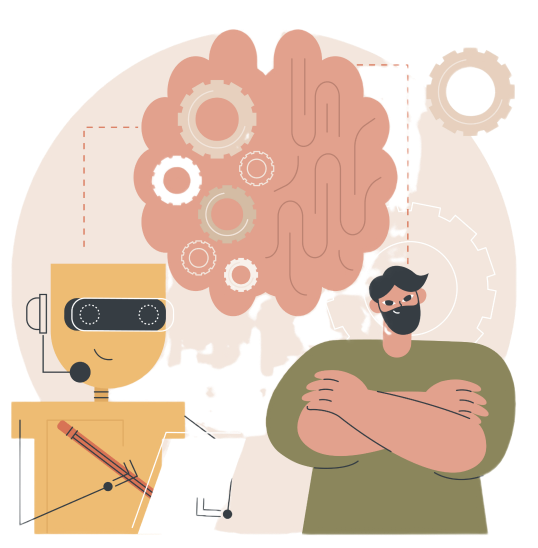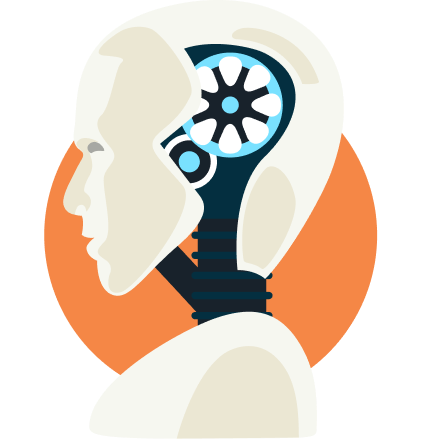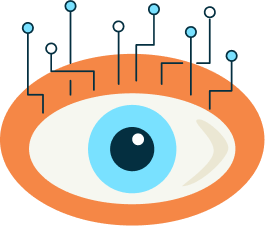Contextual Application of Techniques 👩🏻💻
We emphasize that there's no one-size-fits-all solution to address imbalanced data. The book guides you through establishing a baseline and contextualizes techniques according to domain, data distribution, performance metrics, and business objectives. It's an essential toolkit for any scenario involving imbalanced data, ensuring you're prepared even for challenges you haven't yet encountered.











